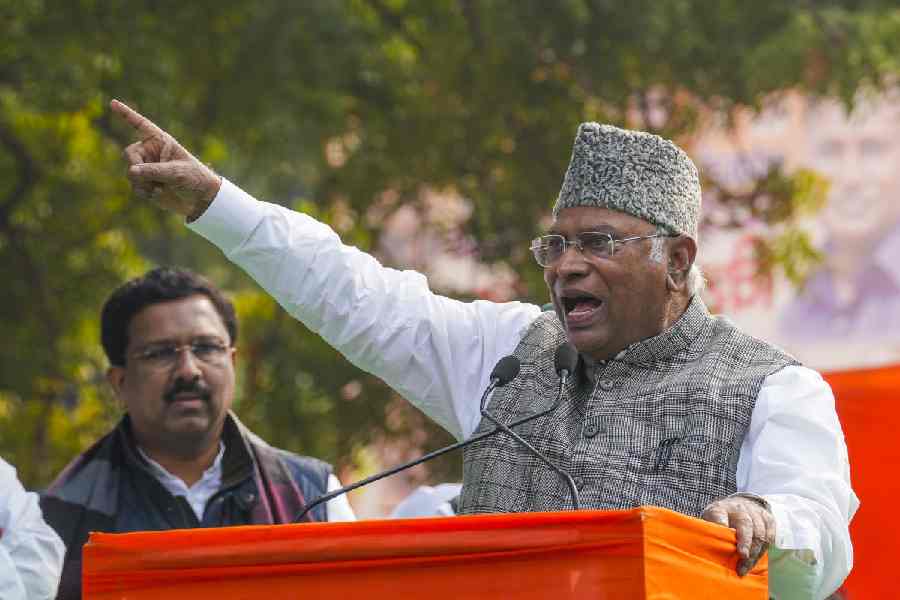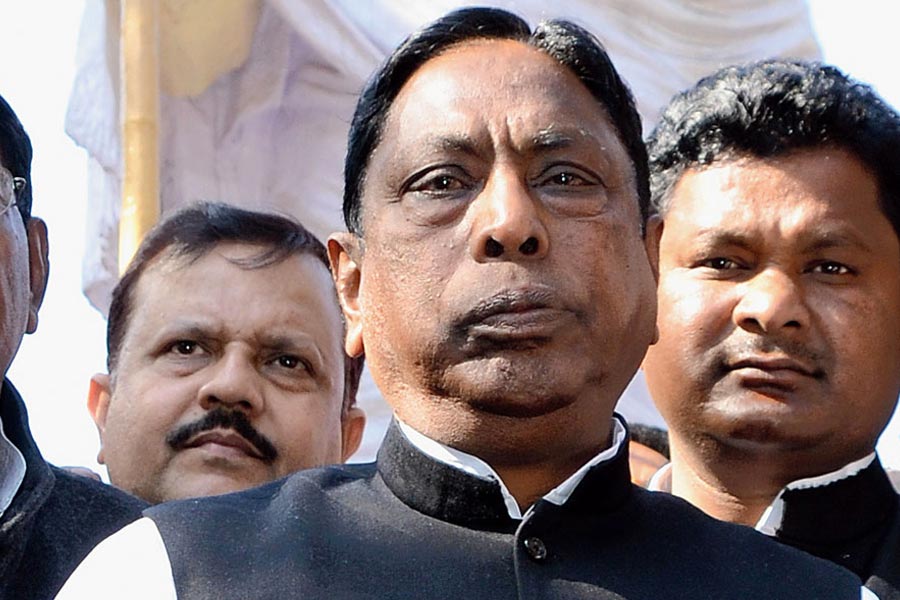Few things have bothered Indian policymakers as much as the travails of private investment. In the past decade, its share in economic output or the investment rate has declined to levels substantially lower than those recorded in the preceding decade ending 2011-12, after which its descent began. Despite a multitude of support — from fiscal policy to far-reaching structural reforms and plentiful improvements in the business climate — investment has failed to regain its former vigour. In 2019-20, or before the pandemic, gross fixed capital creation had declined a steep 3.2 percentage points. Covid-19 aggravated the shortfall — understandably so. This is why fiscal action in the budget, presented earlier this month, plans a large thrust via enhanced public capex. This is expected to reinforce the nascent revival, signs of which are visible in a small increase in aggregate investment in early estimates of national income. The expectations of a turnaround are high even though business spending has remained unresponsive. In this light, a turning point would be a compelling economic story.
A brief recapitulation would be useful to the current context. Up to 2012-13, India’s capital spending share in GDP, or the investment rate, recorded an average 39% over five years. Investment was the locomotive that propelled growth rates into the 7.5%-8% region in that period. This plunged a steep 5 percentage points in 2013-14 with the ‘taper-tantrum’ crisis and by 2015-16, the ratio was down a further 2 points. The investment rate averaged a mere 32.5% in the five years to the pandemic, a good deal lower than the previous decade and insufficient in maintaining the economy on a higher growth path. Without bringing back this catalyst, consumer demand cannot grow economic output on its own. Investment is what generates employment and incomes which, in turn, inspire consumer spending, making it a virtuous loop.
This has not been for want of support or serious efforts from the government. The list of enabling structural reforms, big and small, is long. The notable ones include the switchover to a new monetary policy regime and inflation targeting to provide certainty and confidence to investors and businesses; recapitalisation and resolution of bad assets of public banks; the Insolvency and Bankruptcy Code for quick, effective exit of sick businesses; demonetisation to formalise the economy; real estate regulation for transparency and rationalisation; GST to harmonise the indirect taxation system for raising revenues and efficiency; corporate tax cuts for competitive alignment and elicit factory investments; agriculture reforms that had to be rolled back; labour market alterations — a work in progress; a production-linked incentive scheme for export-oriented manufacturing and global championship; and continuous steps to improve the ease of doing business. These have also been backed by increased public resources into infrastructure building.
The record, though not exhaustive, is breathtaking as we can see. A lookback gives us the backdrop to the abovesaid reforms. In popular explanations and policy prescriptions at the time, that is in 2011-12, when growth began to falter and slipped into lower range (5%) led by fall in investment, the deficit was ascribed to ‘policy paralysis’ (government failure in timely project clearances, mostly infrastructure, leading to their stalling), ‘policy excesses’ (lax monetary and fiscal policies), and a neglect to implement productivity-enhancing structural reforms that were long pending. Few noted the collapse in global trade volumes then, the strong linkages of investment with exports that together fired India’s economic growth in the first decade of this millennium, uplifting it to an 8%- plus trajectory.
It is therefore confounding, and a concern, that the private investment shortfall has persisted. Scaling-up of public capex combined with fundamental changes to the economy has not fostered investment to the desired levels. Private business participants have remained risk-averse, reluctant to commit capital, especially infrastructure exposure.
During the pandemic, public resources for infrastructure creation were raised, though inflation shaved away some share. The impetus in this year’s budget from a large increase in capital spending is not novel in the recent historical context. What then will light the spark?
The popular narrative highlights some specific favourable factors, emphasising that these outweigh the opposing forces of a slowing world economy, tighter monetary and financial cycles, and uncertainties associated with the Russia-Ukraine war. There is, for example, a transformed geo-economic environment that India is well-poised to tap into: a 6%-plus growth rate in a world where the majority of economies are struggling with either an imminent recession or slowing is attractive placement for firms looking to exit or relocate from China for strategic or economic reasons — the country fits well into this vacuum — as well as a geo-political setting in which trade ties are promoted amongst allies based upon shared values and security considerations (re-shoring and friend-shoring). Other professed novelties are accelerated formalisation encouraging fresh capacity addition; technology-based/driven infrastructures, digitisation, better physical infrastructure, logistics, and such like. As proof, the responses of leading world manufacturers — Apple, for instance — to set up production base in India are pointed at; more such dividends are anticipated ahead.
Altogether, it is held that the constellation is of right timing and environment for past reforms to pay off, encouraged additionally by the public capex uplift provided for. The appetite for business spending, therefore, is likely to turn the corner. If, indeed, these factors steer an investment drive in a difficult global environment, that would be no mean achievement. Waited for at least one decade, the restoration of investment to former robustness would be the most remarkable and fortunate development after multiple economic shocks in the last two years. This, then, is the most important feature or story to track in this year. The deficit in private investment demand has long been the most important economic policy question in India.
Renu Kohli is an economist with the Centre for Social and Economic Progress, New Delhi










